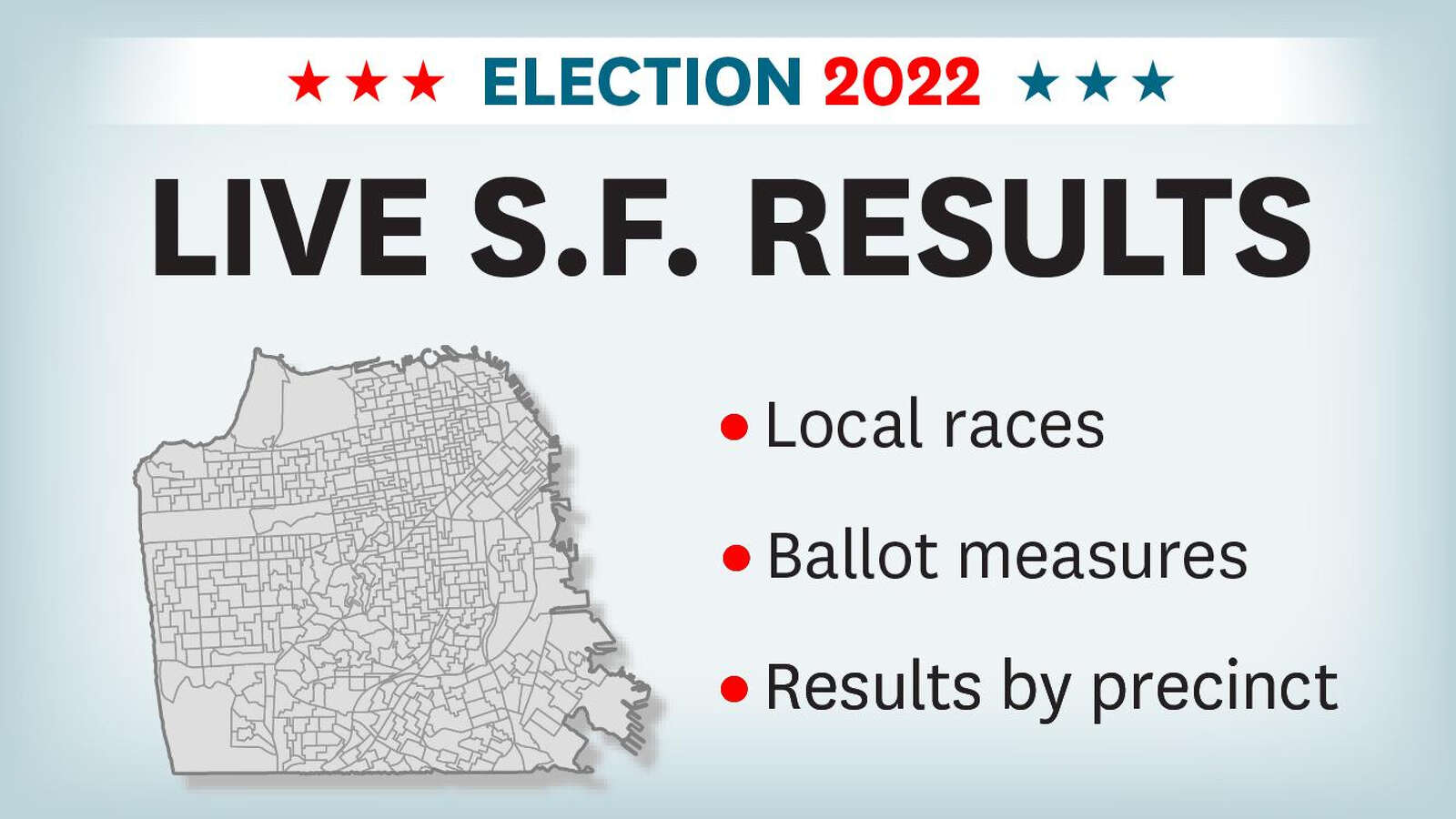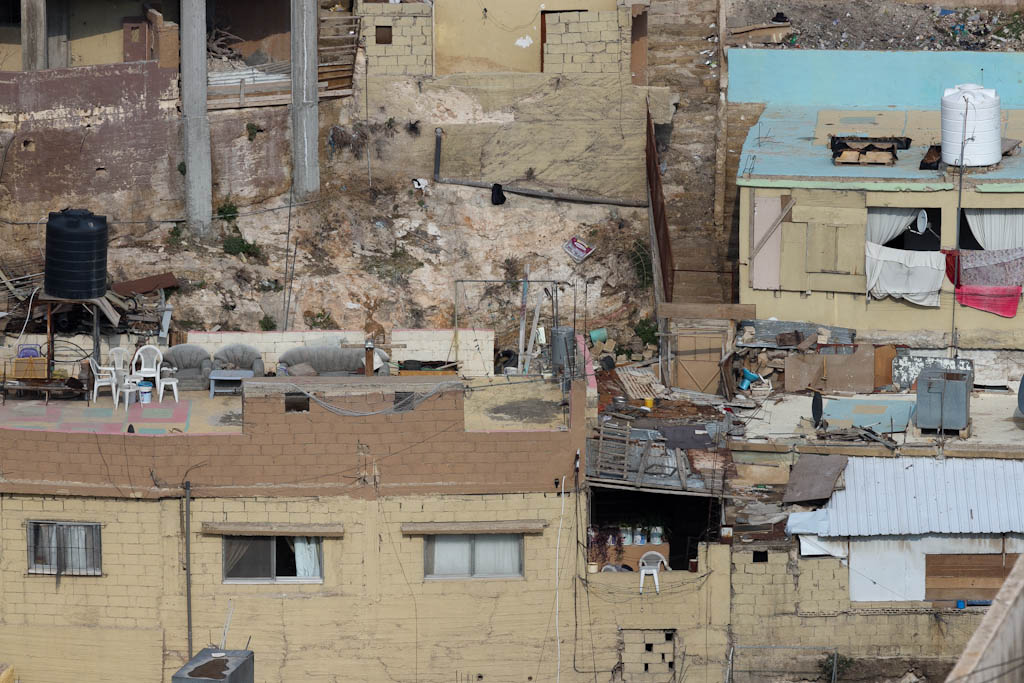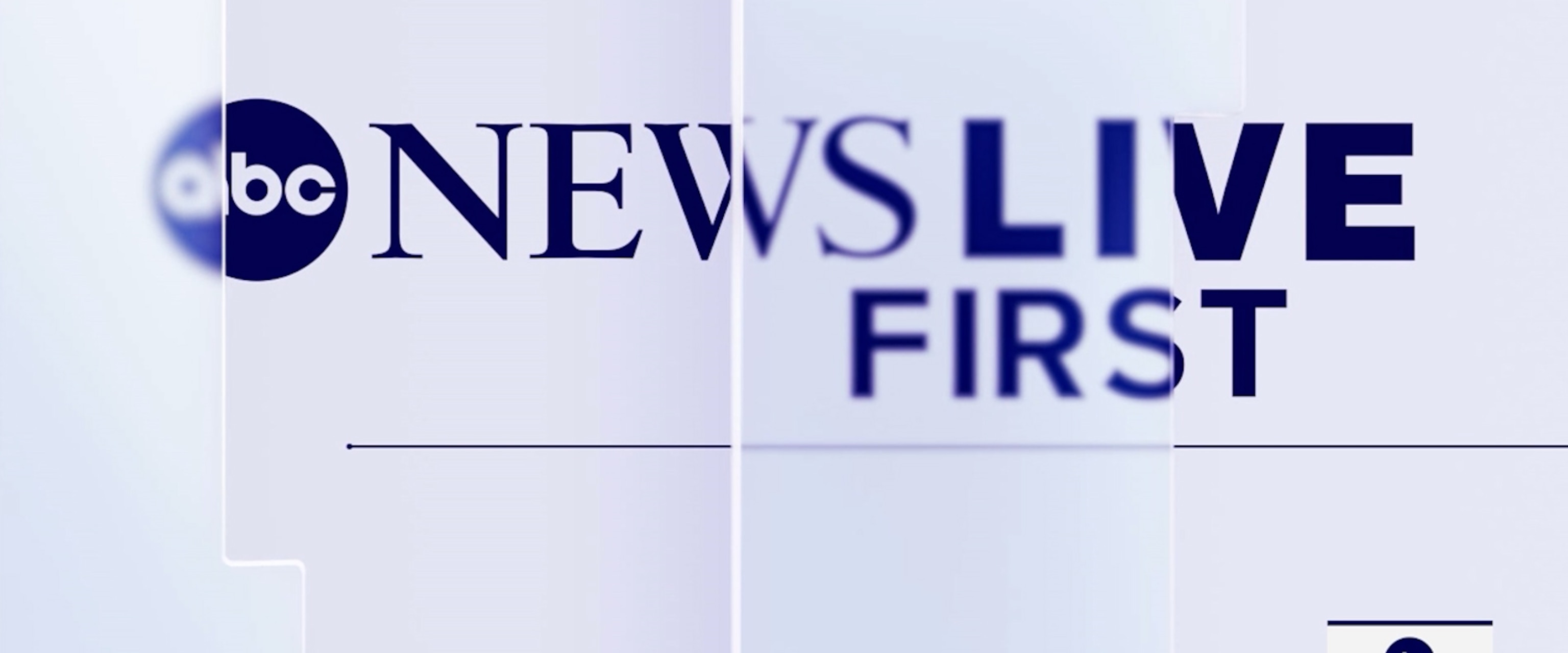Analysis of Idaho House Bill 135 and its Impact on Sustainable Development Goals
Introduction
Idaho House Bill 135, enacted to ensure state-funded services are reserved for Idaho residents, has generated significant challenges for vulnerable populations. This report analyzes the bill’s provisions and its consequential impacts, with a specific focus on its alignment with the United Nations Sustainable Development Goals (SDGs).
Key Provisions and Legislative Intent
The primary objective of House Bill 135 is to restrict access to certain state-funded public services to verified citizens. The legislation was co-sponsored by State Representative Jordan Redman, who stated the intent was to “make sure that state funded benefits are protected for Idaho residents” and to avoid providing “non-emergency benefits to people that have broken the law already by not being actual citizens.”
Services impacted by this legislation include:
- Food banks
- Soup kitchens
- Non-emergency medical care
- Crisis counseling
- Short-term shelters
Reported Consequences for Vulnerable Residents
The implementation of the bill has created demonstrable barriers for residents seeking essential services. Reports from Coeur d’Alene indicate that elderly and disabled individuals face new hurdles. For example, a 70-year-old disabled resident, Sandra Pettis, reported significant physical and emotional distress due to the new requirements.
The operational changes necessitated by the bill have resulted in:
- Increased Administrative Burden: Longer wait times and additional “red tape” for individuals seeking aid.
- Reduced Physical Accessibility: Changes in facility logistics, such as the consolidation of entrances at a food bank, have made access more difficult for persons with disabilities by increasing the distance from accessible parking.
- Heightened Emotional Distress: The process of navigating these new barriers has been described as emotionally taxing and discouraging for service users.
Conflict with Sustainable Development Goals (SDGs)
The reported outcomes of House Bill 135 are in direct conflict with the principles of several key Sustainable Development Goals, which aim to create a more equitable and sustainable future for all people.
- SDG 2: Zero Hunger: By mandating proof of citizenship at food banks, the bill creates a direct impediment to food access for the most vulnerable, undermining the goal of ending hunger and ensuring food security.
- SDG 10: Reduced Inequalities: The legislation disproportionately affects marginalized groups, including the elderly, persons with disabilities, and low-income individuals who may face difficulties in producing required documentation. This exacerbates inequality rather than reducing it.
- SDG 3: Good Health and Well-being: Restricting access to non-emergency medical care and crisis counseling directly threatens the health and well-being of individuals who rely on these state-funded services.
- SDG 1: No Poverty: The bill limits access to critical support systems that help alleviate the burdens of poverty. By making it harder to obtain food and shelter, the legislation may push vulnerable individuals further into poverty.
- SDG 11: Sustainable Cities and Communities: A key target of SDG 11 is to ensure access for all to adequate, safe, and affordable basic services. The bill challenges this principle by making communities less inclusive and supportive for all residents.
Conclusion
While Idaho House Bill 135 was intended to protect state resources for its residents, its implementation has resulted in unintended negative consequences that disproportionately affect vulnerable citizens. The operational barriers and administrative hurdles it creates are fundamentally at odds with the global commitment to achieving Zero Hunger (SDG 2), Reducing Inequalities (SDG 10), and ensuring Good Health and Well-being (SDG 3) for all members of a community.
1. Which SDGs are addressed or connected to the issues highlighted in the article?
-
SDG 2: Zero Hunger
The article’s primary focus is on the new challenges people face in accessing food from food banks due to Idaho House Bill 135. This directly relates to the goal of ending hunger and ensuring access to food for all.
-
SDG 10: Reduced Inequalities
The bill creates barriers for specific groups, including people with disabilities (like Sandra Pettis, who faces physical accessibility issues) and non-citizens. This policy actively creates and exacerbates inequalities in access to essential services, which is a core concern of SDG 10.
-
SDG 1: No Poverty
The article discusses services like food banks, soup kitchens, and short-term shelters, which are social protection systems for the poor and vulnerable. By restricting access to these services, the bill impacts efforts to alleviate poverty and support those in need.
-
SDG 3: Good Health and Well-being
The article explicitly states that the bill extends to “non-emergency medical care.” Restricting access to healthcare services, even if non-emergency, works against the goal of ensuring healthy lives and well-being for all.
-
SDG 11: Sustainable Cities and Communities
The specific example of the food bank moving its entrance “furthest away from the accessible parking spots” highlights a failure to provide inclusive and accessible public services, particularly for persons with disabilities, which is a key aspect of this goal.
2. What specific targets under those SDGs can be identified based on the article’s content?
-
Target 2.1: End hunger and ensure access by all people to food
The article directly addresses this target by describing how House Bill 135 creates new hurdles (“new hoop to jump through”) for people, like 70-year-old Sandra Pettis, to access food banks, thereby undermining the goal of ensuring access to food for “people in vulnerable situations.”
-
Target 10.2: Empower and promote the social inclusion of all
The law, by requiring proof of citizenship and creating physical barriers for the disabled, directly contradicts the aim of promoting the inclusion of all, “irrespective of age, … disability, … origin, … or other status.” The experience of Sandra Pettis and the explicit intent to exclude “people that have broken the law already by not being actual citizens” are clear examples.
-
Target 10.3: Ensure equal opportunity and reduce inequalities of outcome
House Bill 135 can be identified as a policy that creates unequal outcomes. The article shows it results in some people, particularly the disabled and those without ID, facing “more wait time, more red tape, and even accessibility issues,” thus denying them equal opportunity to access public services.
-
Target 1.3: Implement nationally appropriate social protection systems
Food banks, soup kitchens, and crisis counseling mentioned in the article are forms of social protection systems. The bill’s requirement for an ID to access these state-funded services is a measure that restricts, rather than expands, the coverage of these systems for “the poor and the vulnerable.”
-
Target 11.7: Provide universal access to safe, inclusive and accessible public spaces
The article provides a concrete example relevant to this target: the food bank’s new single entrance is “the one furthest away from the accessible parking spots.” This demonstrates a lack of accessible service provision for “older persons and persons with disabilities.”
3. Are there any indicators mentioned or implied in the article that can be used to measure progress towards the identified targets?
-
Existence of discriminatory laws or policies
The article explicitly names “Idaho House Bill 135” as a policy that requires “proof of citizenship before providing services.” The existence and implementation of this bill is a direct indicator for measuring progress (or regression) against Target 10.3.
-
Proportion of the population with access to essential services
The article implies a change in access. An indicator would be the number or proportion of people successfully receiving food from food banks or accessing non-emergency medical care before and after the bill’s implementation. The requirement to show an ID creates a measurable division in the population being served.
-
Accessibility of public service facilities for persons with disabilities
The story of the food bank entrance being moved away from accessible parking implies a measurable indicator: the physical accessibility of public service locations. This could be measured by audits of facility entrances, wait times for people with disabilities, or the number of complaints filed, like the one Sandra Pettis made when she “called the director.”
-
Proportion of population covered by social protection floors/systems
The article discusses access to a range of state-funded services (food banks, soup kitchens, shelters). An implied indicator is the number of people who are now unable to access these services due to the new requirements. This directly measures the effective coverage of the social protection system.
4. SDGs, Targets and Indicators Table
| SDGs | Targets | Indicators Identified in the Article |
|---|---|---|
| SDG 2: Zero Hunger | 2.1: By 2030, end hunger and ensure access by all people, in particular the poor and people in vulnerable situations… to safe, nutritious and sufficient food all year round. | The number of people facing new hurdles (e.g., ID requirements, longer waits) to receive food from food banks. |
| SDG 10: Reduced Inequalities | 10.2: By 2030, empower and promote the social, economic and political inclusion of all, irrespective of age, sex, disability, race, ethnicity, origin…
10.3: Ensure equal opportunity and reduce inequalities of outcome, including by eliminating discriminatory laws, policies and practices… |
The existence of House Bill 135 as a policy creating barriers based on citizenship status and disability. The unequal outcomes mentioned, such as “more red tape” and accessibility issues for specific groups. |
| SDG 1: No Poverty | 1.3: Implement nationally appropriate social protection systems and measures for all… and by 2030 achieve substantial coverage of the poor and the vulnerable. | The number of people able to access state-funded social protection services (food banks, soup kitchens, short-term shelters) based on their ability to provide proof of citizenship. |
| SDG 3: Good Health and Well-being | 3.8: Achieve universal health coverage, including… access to quality essential health-care services… for all. | The number of individuals denied “non-emergency medical care” due to the new law. |
| SDG 11: Sustainable Cities and Communities | 11.7: By 2030, provide universal access to safe, inclusive and accessible… public spaces, in particular for… older persons and persons with disabilities. | The physical accessibility of public service facilities, exemplified by the food bank entrance being moved “furthest away from the accessible parking spots.” |
Source: krem.com







